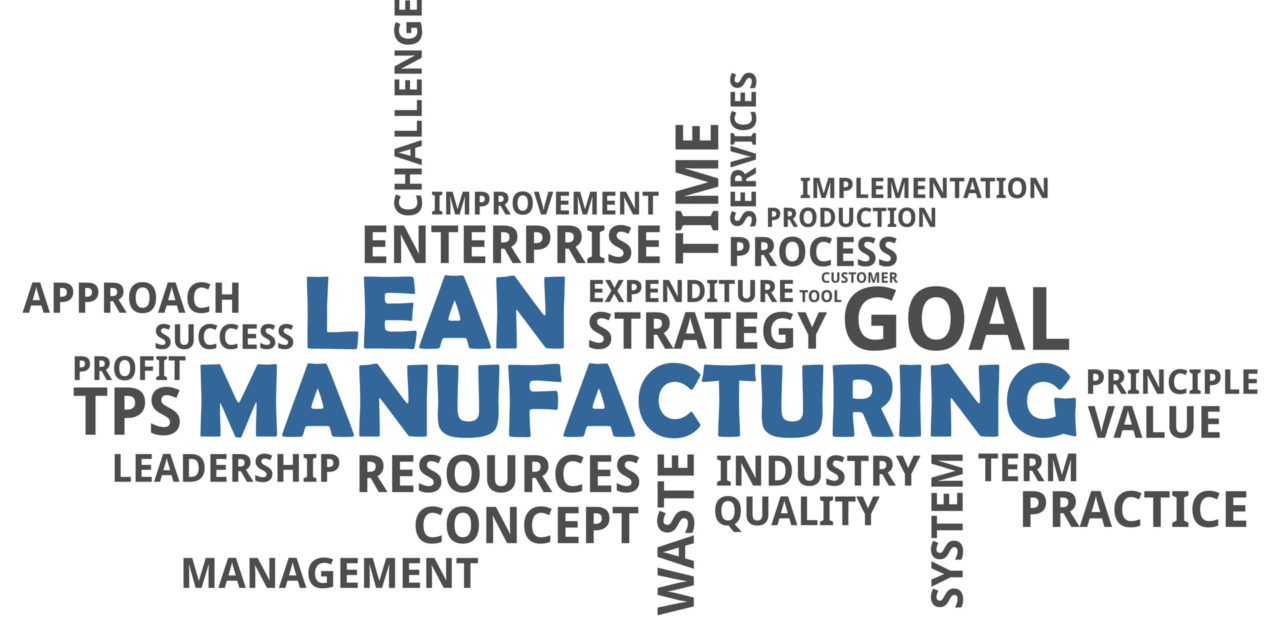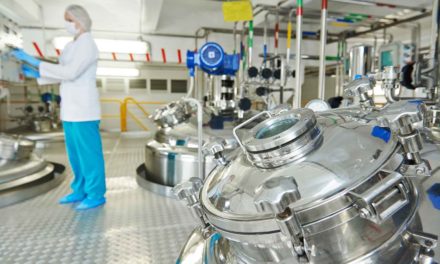In todays complicated competitive world of Life Science products, production, which now includes; genes, stem cells and other regenerative medicine products, it’s vital that the systems and mechanisms that we employ are able to maintain reliability consistently.
This is true of any Life Sciences products such as pharmaceuticals, but for these broader “Medicine” categories which are employing various human tissues, it’s critical that we perhaps build more robust systems for sustainable compliance. The reason for this is because the possibility of failure isn’t just as easy as rejecting a batch of tablets, it’s perhaps losing a limited batch of material that may be very specific to a personalized treatment plan. With these facts accepted as an operating principle then, it is especially important that the mechanisms we employ associated with handling material and analyzing for bioactivity lead to smooth compatible handoffs, which have little or no opportunity associated with them for mistakes. So, the goal must always be to generate systems and process flow scenarios which have a natural flow and that do not contain any of the following:
- Excessive hold periods due to poor process flow design.
- Excessive over- use of equipment or instruments which could lead to a backlog.
- A back-and-forth material or personal flow pattern which sees the process frequently doubling back on itself, leading to the possibility of mistakes and or accidents where samples of material could be lost.
- Improper staffing levels which frequently lead to either too few or too many staff being available at a given time point to carry out the specified operations. This is both wasteful and uneconomic but will also often lead to mistakes as a result of people rushing to try to stay on time for a task/analysis or function.
This is where a good understanding of Lean and Process Excellence Principles can play dividends and have a significant impact on quality and compliance.
Sometimes we hear that implementing Lean will cause problems as it takes human resources away. Nothing is further from the truth. Lean is a philosophy that assures the appropriate resources are allocated for each activity. It argues for consistency and repeatability to assure efficiency is generated through the establishment of a sustainable process and process flow.
Lean isn’t about reducing resources or an opportunity to reduce headcount as it is often believed, it’s more about sustainability and ensuring that waste does not occur by ensuring that smooth flow and reduced clutter are the norm and that results and operational process steps occur in a timely predictable way to produce predictable outcomes.
This is exactly what we want for good compliance. Everyone doing things the same way all the time. So Lean thinking and quality compliance are completely compatible, and this is what we see in particular from our operating experiences. Frequently we see a reduction in errors tending to 50% or higher, and a reduction in cycle time for the process which can rise to 70% in the case of laboratory functions. AND… The spinoff benefits are a happy workforce which is a big piece of the process of Culture Change.
Resistance to change is the norm in life, so understanding the psychology of your workforce is key to performing a successful transformation to produce both compliance and straight efficiency benefits. Perhaps the most fundamental question to address is to decide whether your company is ready for a transformation. This is a very important question.
Due to the criticality and difficulty of these types of activities, help from an experienced consultant can yield a significant dividend compared to trying to navigate things on one’s own.
Ultimately, success has a price, so using every advantage should be the strategy employed.





